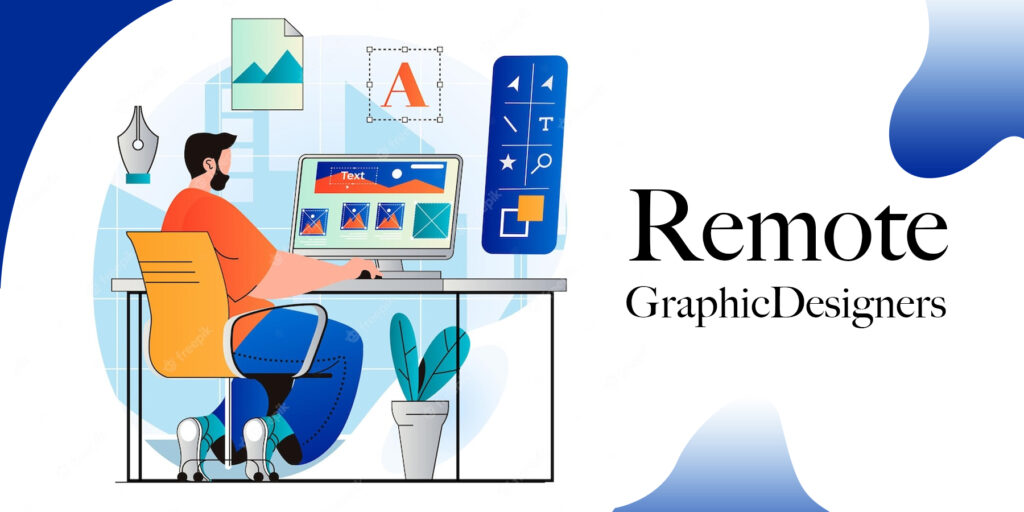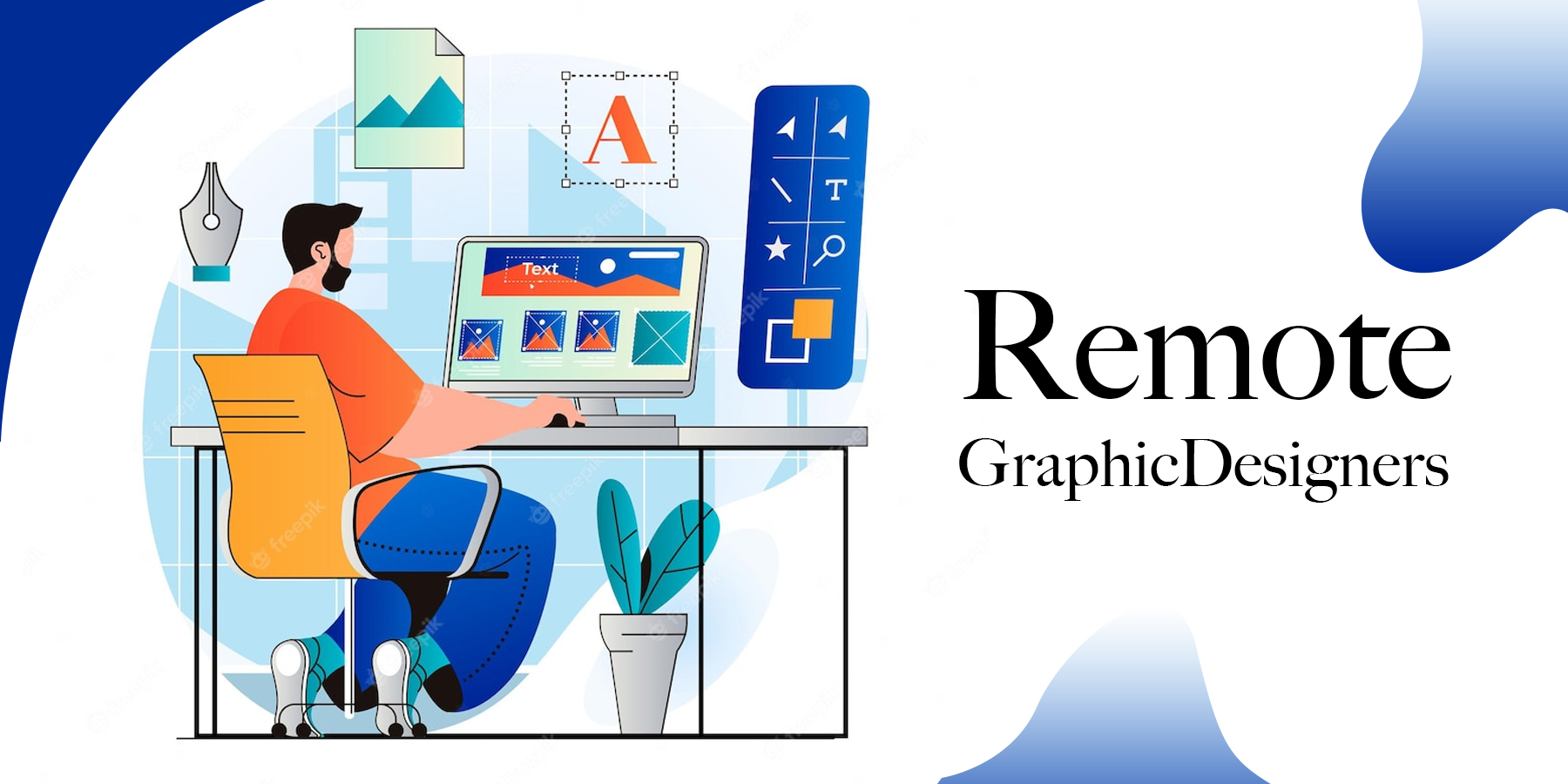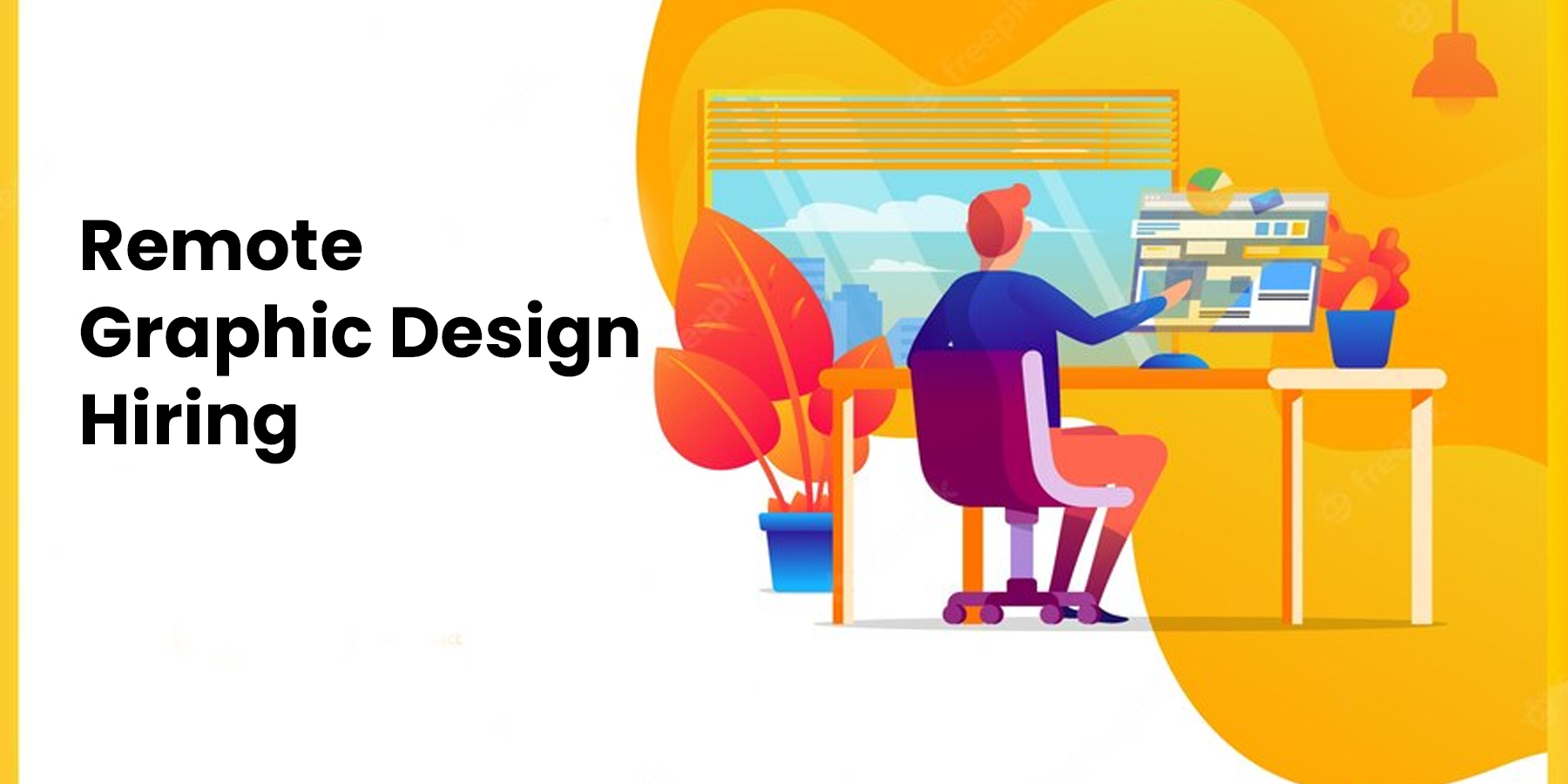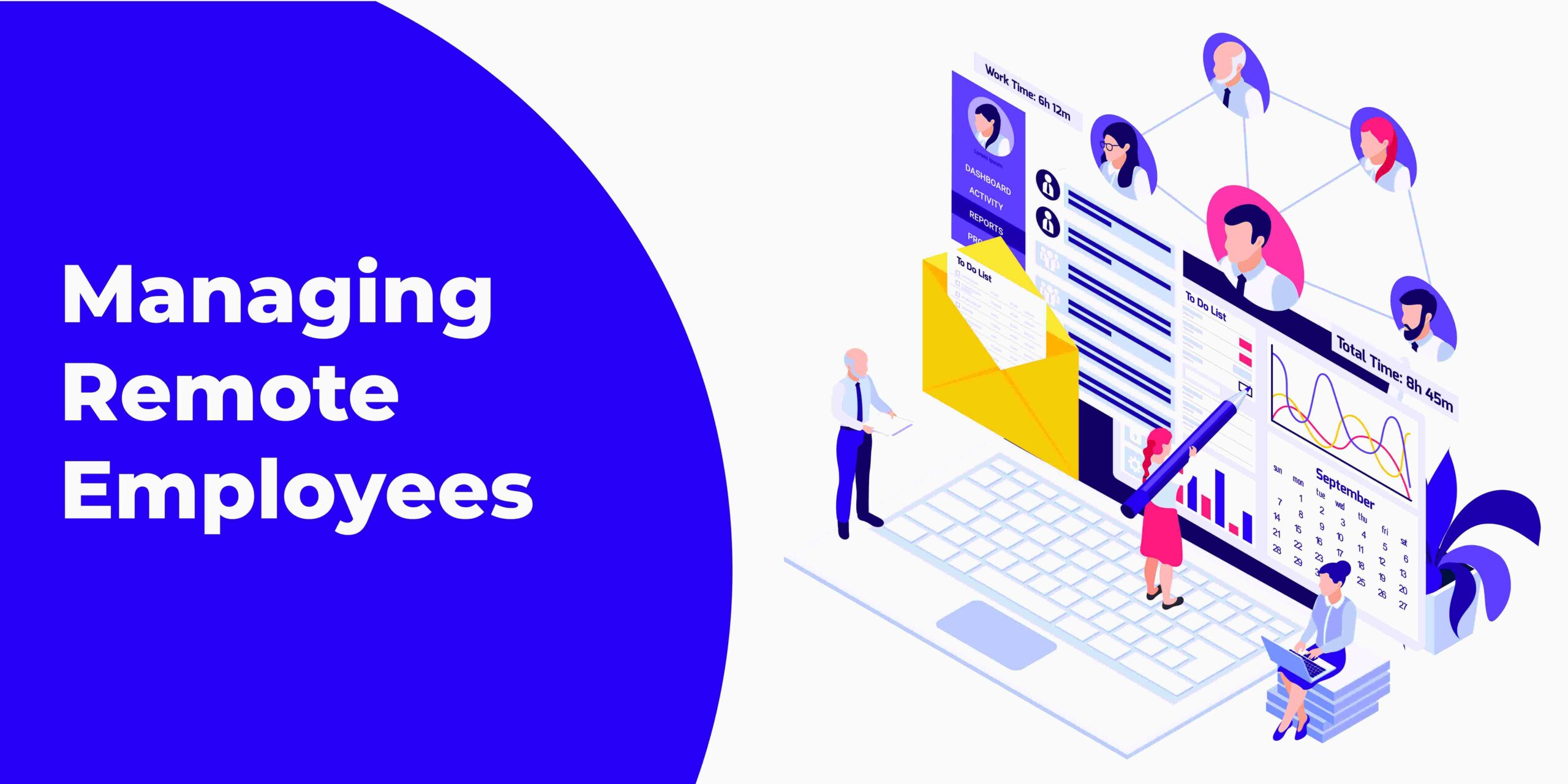
Have you ever been in a situation where you are hiring a graphic designer but are still determining the characteristics to look for? Do you need help identifying the traits that make a graphic designer successful in a remote work setting?
Hiring remote graphic designers can be challenging, especially when you’re unsure what to look for. After all, remote workers must possess specific skills and characteristics to succeed in their duties. Fortunately, some individuals can shed light on the matter.
We’ve contacted those currently doing this job to find out what sets great graphic designers apart in a remote work setting. They have firsthand experience and can provide valuable insight into what managers need to know before hiring a remote graphic designer. Keep reading to learn their tips and tricks to ensure your next graphic designer remote hire succeeds.
Benefits of Hiring Remote Graphic Designers
Access To a Larger Talent Pool
First, let’s start with one of the most significant advantages of hiring remote graphic designers: recruitment managers can access a larger talent pool. With the help of eliminating geographical restrictions, remote work enables companies to engage a more comprehensive range of candidates with diverse backgrounds and skill sets. This can lead to a higher quality of work and more innovative design solutions.
Reduced Costs
Hiring remote graphic designers can also result in reduced costs for companies. Companies can save money on rent, utilities, and other overhead expenses by not having to provide a physical workspace. In addition, remote creative workers may require fewer benefits, such as health insurance and retirement plans, which can further lower costs for employers.
Improved Productivity
Remote graphic design work can also be more productive than its in-office counterparts. Without the distractions of a traditional office environment, remote workers can often focus better on their tasks and complete them more efficiently. In addition, remote workers are often more motivated and engaged, leading to higher productivity levels.
Increased Flexibility
Remote work also provides increased flexibility for both employers and employees. With remote work, employees can work from anywhere, anytime, leading to a better work-life balance. This flexibility allows employers to manage their resources better and respond quickly to changing business needs.
Additionally, remote work can provide a competitive advantage in attracting and retaining top talent, as many job seekers prioritize flexibility in their job search.
Tips from Graphic Designers: How to Work Better With Them
Knowing how to interact with your remote graphic designer is essential for a successful partnership. Today, we’ll also discuss 7 ideas for working better with your new graphic designer.
1. Determine Your Goals
The first step in any effective partnership is to determine your goals. You must have a clear vision of how you want your brand and business to appear visually, as well as the end goal and what your audience requires. You want to delegate all creative work to your remote graphic designer, but they cannot succeed unless you provide an overall aim and vision for your company.
2. Iron Out All The Details
It is critical to iron out the specifics of your engagements here. Payment, deadlines, meetings, and reports are examples of these. Setting appropriate deadlines for projects and determining how to gauge project performance ensures that the working relationship and collaboration get off to a good start.
3. Give Samples of The Tasks You Need
As you prepare to begin working with your remote graphic designer, it is critical to demonstrate rather than tell. Gather samples of all the color schemes, logos, and designs that appeal to you. It will be far easier for your designer to work using samples rather than what you say.
4. Learn How To Provide Feedback
When working with a remote graphic designer or anyone in the creative field, keep in mind that no one gets it right the first time. As a result, you must understand how to provide feedback. So, what is the best approach? Try framing feedback as a problem to be solved.
5. Retain An Open Mind
When collaborating with any creative, it is critical to retain an open mind. Have a clear aim and vision for what you and your audience require, and then allow your designer’s creativity to flourish. Listen carefully and keep an open mind when they indicate that a new idea is superior to an old one.
Remember that you are paying for their creativity and skill, so give them room to work and believe in their abilities. Of course, your expertise is vital, but rather than adhering to a firm notion, attempt to integrate it with your designer’s.
Overcoming Challenges of Working with Remote Graphic Designers
While working with remote graphic designers can present several challenges, solutions are available to address these issues and ensure a successful collaboration. Here are some strategies to overcome the common challenges mentioned:
Lack of Face-To-Face Interaction
Utilize video conferencing tools: Video calls can help bridge the gap created by the lack of face-to-face interaction. Platforms like Zoom, Microsoft Teams, or Google Meet allow virtual meetings, where designers and clients can communicate visually, share screens, and discuss project details.
Schedule regular check-ins: Establish a routine for regular check-ins with your remote graphic designers. These check-ins can be conducted via video or phone to maintain a personal connection, address concerns, and clarify misunderstandings.
Time Zone Differences
Establish clear communication expectations: Define the expected response time for emails, messages, and project updates. This helps remote designers understand the urgency of tasks and ensures everyone is on the same page despite time zone differences.
Use project management tools: Implement project management software such as Asana, Trello, or Basecamp to facilitate seamless communication, task assignment, and progress tracking. These tools can provide transparency and help coordinate efforts regardless of time zones.
Cultural Differences
Encourage open communication: Foster an environment that promotes open communication and encourages remote designers to share their thoughts and ideas. This will allow for better understanding and collaboration, reducing the potential impact of cultural differences.
Establish design guidelines: Clearly define design guidelines and project requirements upfront. This helps ensure everyone is aligned with the project’s vision and reduces the likelihood of misunderstandings or conflicting design approaches.
Security Concerns
Use secure file-sharing platforms: Utilize secure file-sharing platforms like Dropbox or Google Drive, which offer encryption and access controls to protect sensitive information during file transfers.
Implement Non-Disclosure Agreements (NDAs): Have remote graphic designers sign NDAs to protect confidential information. This legally binding agreement ensures that they understand the importance of data security and confidentiality.
Wrapping Up
Remote graphic design has become increasingly popular in recent years, and hiring managers need to know what to look for when hiring remote designers. It’s also essential to establish clear communication channels and goals and to provide the necessary tools and resources for remote designers to succeed. By following these tips, hiring managers can ensure that they hire the best for their graphic designing team, who can deliver high-quality work and contribute to the company’s success.
Andrew Gray
Andrew Gray is the Senior Operations Manager at Vserve Amazon Listing Services, a position he's held since 2021. He is renowned for operational excellence, leading teams to achieve sales growth and enhanced customer service. Andrew's role is crucial in optimizing the company's operations and maintaining its reputation for efficient back-office solutions.


 Remote Graphic Hiring Made Easy: Platforms and Tools to Streamline the Process
Remote Graphic Hiring Made Easy: Platforms and Tools to Streamline the Process Top 5 Strategies For Managing Remote Employees
Top 5 Strategies For Managing Remote Employees